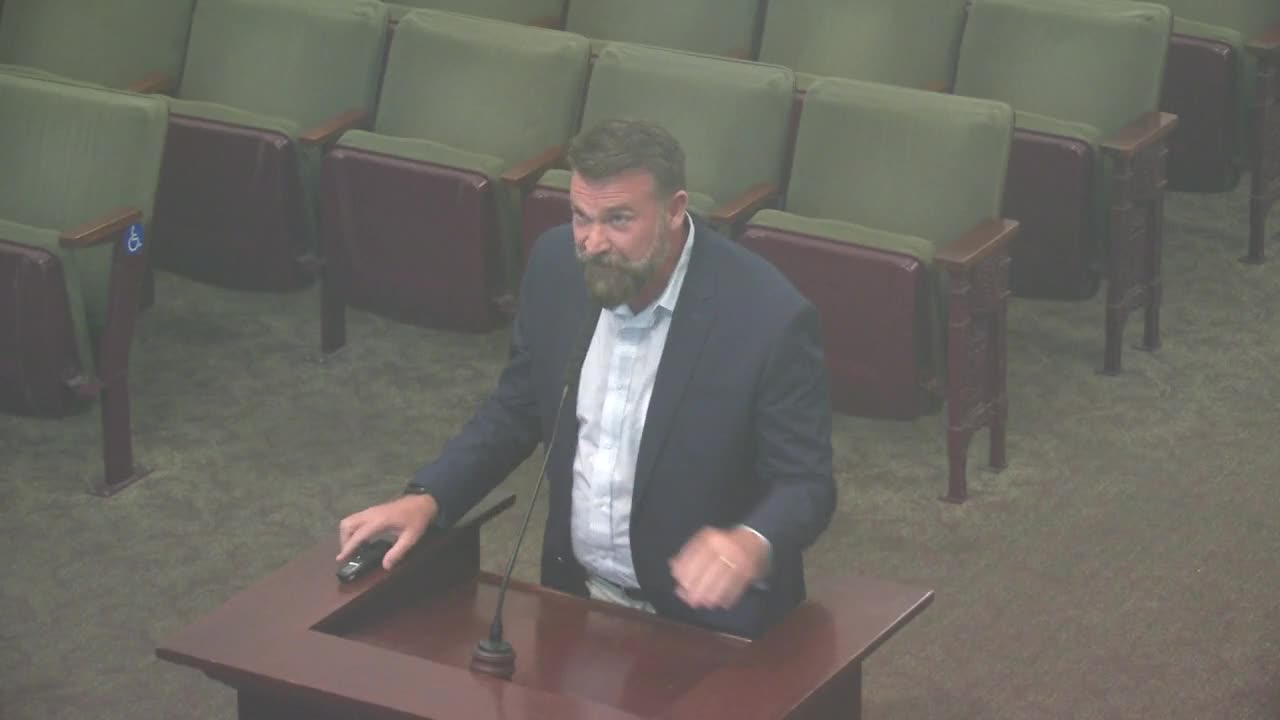Alameda reveals exciting plans for Estuary Park expansion
June 18, 2024 | Alameda , Alameda County, California

This article was created by AI summarizing key points discussed. AI makes mistakes, so for full details and context, please refer to the video of the full meeting. Please report any errors so we can fix them. Report an error »

The City of Alameda is moving forward with the second phase of Estuary Park, which will introduce a community garden and enhance recreational facilities. Recreation Parks Director Justin Long presented the plans during a recent government meeting, highlighting that the park will ultimately span eight acres, with half dedicated to athletic fields, including a full-size soccer field and an ADA-accessible softball field.
The new phase aims to serve not only existing residents but also those in the nearby Alameda Landing and North Housing developments, which are currently under construction. The park will feature open lawns, picnic areas, inclusive playgrounds for different age groups, two dog parks, four pickleball courts, and a full-size basketball court. Long emphasized the park's commitment to accessibility and inclusivity, noting that it will be one of the larger parks in the area.
Community engagement played a significant role in shaping the park's design. Feedback was gathered through two meetings and an online survey that received over 470 responses, with the most desired amenities including open lawns, pickleball courts, restrooms, and playgrounds. The design has evolved to incorporate these preferences, including the addition of two dog parks in response to community needs, particularly as other local dog parks are set to close.
The park will also include sustainable features such as solar lighting, EV charging stations, and low-water vegetation to support the city's urban forest plan. A larger restroom facility with six unisex stalls will be constructed, addressing a gap from the first phase.
The Park and Recreation Commission has unanimously approved the design, urging the city council to consider the operating budget for future maintenance. While the project has garnered enthusiasm from various stakeholders, discussions around financing and community facilities districts remain ongoing, with caution advised against making financial commitments at this stage.
Overall, the Estuary Park Phase 2 project reflects a significant investment in community recreation and accessibility, aiming to create a welcoming space for all residents.
The new phase aims to serve not only existing residents but also those in the nearby Alameda Landing and North Housing developments, which are currently under construction. The park will feature open lawns, picnic areas, inclusive playgrounds for different age groups, two dog parks, four pickleball courts, and a full-size basketball court. Long emphasized the park's commitment to accessibility and inclusivity, noting that it will be one of the larger parks in the area.
Community engagement played a significant role in shaping the park's design. Feedback was gathered through two meetings and an online survey that received over 470 responses, with the most desired amenities including open lawns, pickleball courts, restrooms, and playgrounds. The design has evolved to incorporate these preferences, including the addition of two dog parks in response to community needs, particularly as other local dog parks are set to close.
The park will also include sustainable features such as solar lighting, EV charging stations, and low-water vegetation to support the city's urban forest plan. A larger restroom facility with six unisex stalls will be constructed, addressing a gap from the first phase.
The Park and Recreation Commission has unanimously approved the design, urging the city council to consider the operating budget for future maintenance. While the project has garnered enthusiasm from various stakeholders, discussions around financing and community facilities districts remain ongoing, with caution advised against making financial commitments at this stage.
Overall, the Estuary Park Phase 2 project reflects a significant investment in community recreation and accessibility, aiming to create a welcoming space for all residents.
View full meeting
This article is based on a recent meeting—watch the full video and explore the complete transcript for deeper insights into the discussion.
View full meeting
